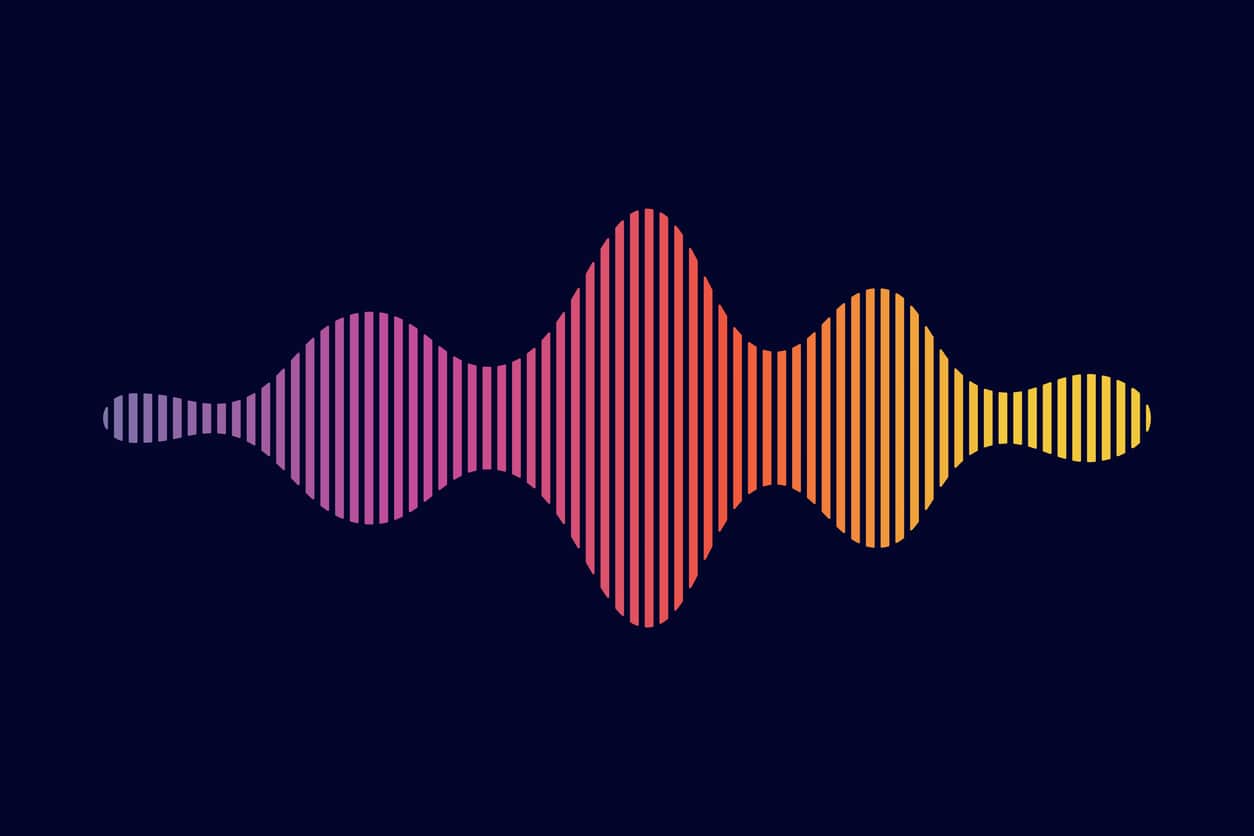The client came up with several business applications for this encoding/decoding solution. One of them is using the toolset for targeted marketing at shopping malls and other public spaces. Here is how this would go.
Vendors that want to advertise their products could design a dedicated signal string carrying text and visual information about their campaign. This code would be embedded in a song or any other audio or video playing in a shopping mall.
When a person with the client’s app installed comes within the transmission range, they only hear the song, not the advertisement. But the app will detect the AAC code and work with other back-end services to decode the embedded campaign information and display it to the user based on their preferences. For example, if a person mentions they like Thai food, the app will display any promotions related to Thai food. That way, companies could promote their products to their target audience without irritating the general population.
We will explain our accomplishments based on the example above.
●
We designed and implemented a desktop application for Windows and Mac. Different vendors can use this app to design the AAC code representing their campaign. They will configure the call to action, meaning that they will choose images, text, links, or metadata to show when the signal is decoded and schedule where to insert the AAC code within a given audio file. They can also schedule for the AAC string to repeat multiple times during the audio playback.
●
Our
team of engineers developed a web app that allows for generating AAC codes based on vendor-specified parameters. These codes are then integrated into the audio according to the set schedule, producing a new file that is ready for playback.
Regular users can also use this web interface to log in and enter viewing preferences.
●
We built native Android and iOS wrappers (mobile SDKs) around the client’s decoding SDK and two native test apps that encapsulate the wrappers. The test apps provided a simple user interface, allowing vendors and ordinary users to log in and change their settings and viewing preferences.
A native test app “hears” an AAC code and triggers the AAC resolution service on the back end to decode the signal. This service communicates with the policy resolution service to see if it should act on the decoded information. The policy service, in turn, checks the corresponding user’s age and preferences to determine if the decoded content is suitable for them.
After this sequence of approvals, the mobile app receives the final decision on whether to act on the signal (e.g., display campaign information) or not.
●
We implemented the back end that is responsible for AAC resolution, user account management, reporting, and analytics. The solution also performs checkups according to user preferences, ensuring compliance with COPPA, ESRB (for age-based viewing), DMCA (for content ownership), managing consents and device opt-in/opt-out, and more.
Building these components was challenging as the client didn’t have a clear picture of what they wanted design-wise, and their SDK libraries were poorly documented.




















